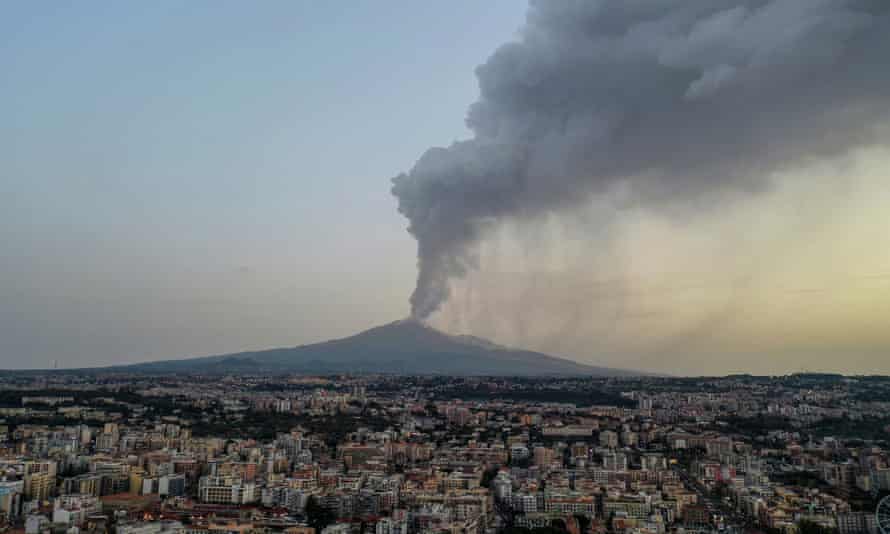Mount Etna taller than ever as activity sparks volcanic growth spurt
National Institute for Geophysics and Vulcanology says south-eastern crater now measures 3,357 measure

Mount Etna’s south-eastern crater has grown in height after six months of activity, Italy’s volcano monitoring agency has said, making Europe’s tallest active volcano taller than ever.
Etna’s youngest and most active crater has risen to a record of 3,357 metres (11,000ft) above sea level, said the National Institute for Geophysics and Vulcanology (INGV), based in the Sicilian city of Catania.
“Thanks to the analysis and processing of satellite images, the south-east crater is now much higher than its ‘older brother’, the north-east crater, for 40 years the undisputed peak of Etna,” the INGV wrote in a press release.
About 50 episodes of ash and lava belching from the mouth of the crater since mid-February have led to a “conspicuous transformation of the volcano’s outline”.
The north-eastern crater reached a record height of 3,350 metres in 1981, but a collapse at its edges reduced that to 3,326 metres, recorded in 2018.
The crater has been churning out smoke and ash since February, while posing little danger to surrounding villages.
Sicily’s government estimated in July that 300,000 tonnes of ash had been cleaned up so far.
The ash has been a nuisance in surrounding areas, dirtying streets, slowing traffic and damaging crops.
In Catania, a two-hour drive from the volcano, pensioner Tania Cannizzaro told AFP that Mount Etna was both beautiful and an annoyance, with ash sometimes falling “like rain”.
“Depending on the wind, the rumblings of the volcano reach Catania and make the windows shake,” she said, adding that the ashes turned the streets and balconies black.
“But there is also the spectacle, especially in the evening, when you see this red plume that moves.”
No comments:
Post a Comment